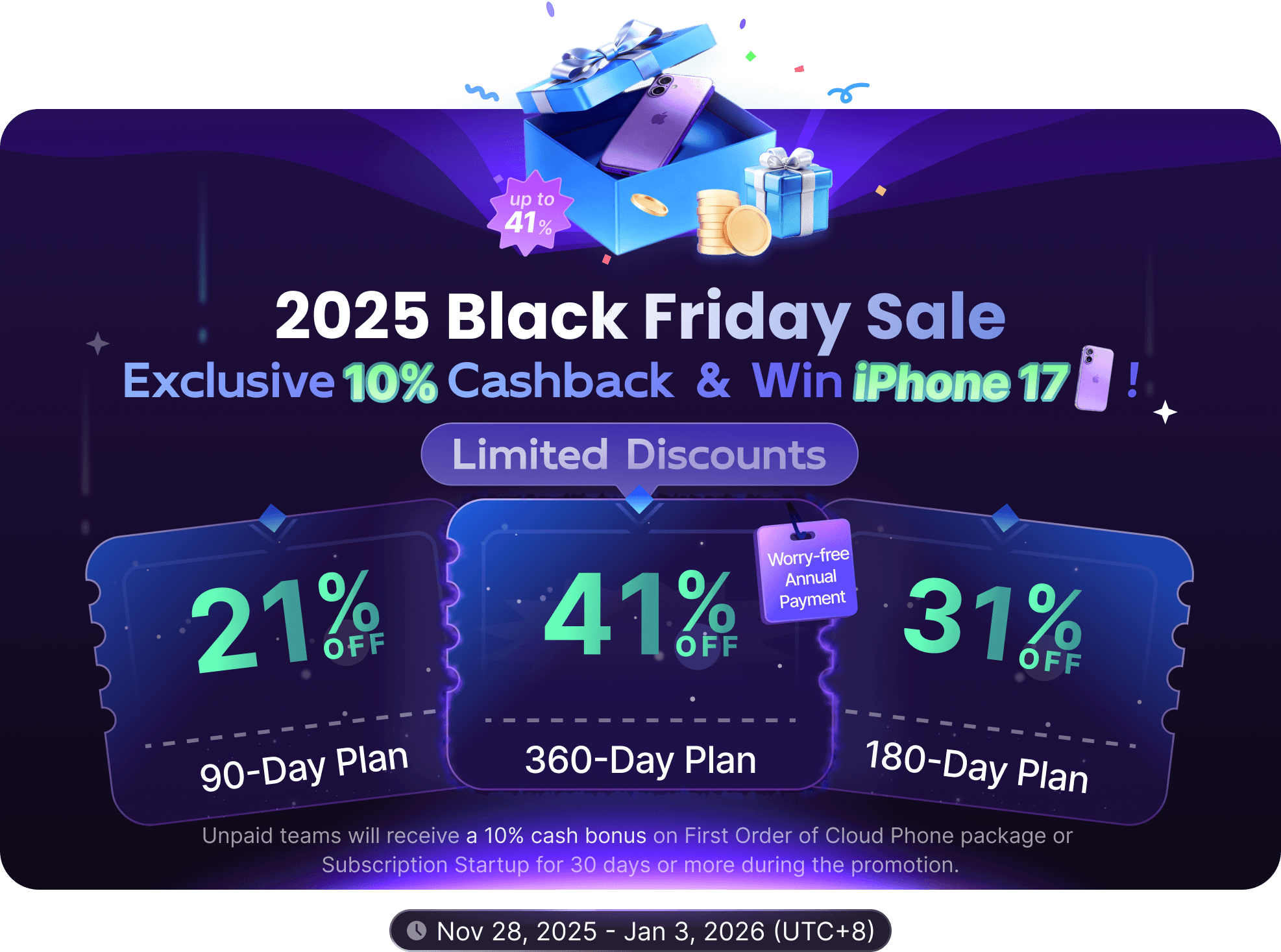KPI (Key Performance Indicator)
What is KPI?
KPI, or Key Performance Indicator, is a quantifiable metric used to evaluate an organization's success in achieving its goals. In digital marketing and e-commerce, KPIs can help businesses measure the effectiveness of various activities, including advertising campaigns, website traffic, customer conversion rates, etc.
Why Use KPI?
Whether in corporate organizations or during the implementation of advertising and e-commerce activities by individuals, KPIs play an important role.
- Goal-oriented: KPIs can break down strategic goals into measurable indicators, making team members clear about work objectives.
- Performance evaluation: KPIs provide an objective standard for performance evaluation, helping managers understand the work performance of teams and individuals.
- Decision support: By monitoring KPI data, managers can promptly identify problems, make adjustments, and optimize resource allocation.
- Continuous improvement: KPIs can help organizations identify opportunities for improvement and continuously improve performance levels.
- Motivating employees: Setting reasonable KPIs can motivate employees to work hard and improve work efficiency.
Application of KPI in Digital Marketing and E-commerce Industries
In the digital marketing and e-commerce industries, KPIs are particularly widely used because the business models of these industries are highly dependent on online data. Therefore, KPIs can more accurately measure marketing effectiveness and sales performance.
KPI Indicators in Digital Marketing
- Website traffic: Monitor website visits, number of unique visitors, page views, etc., to understand the popularity of the website and user activity.
- Traffic sources: Analyze which channels users come from, such as search engines, social media, email marketing, etc., to understand the customer acquisition effect of different channels.
- Bounce rate: Measure the proportion of users who leave the website without any interaction after visiting. A high bounce rate may indicate problems with website content or user experience.
- Average visit duration: Measure the average time users stay on the website, reflecting the attractiveness of website content and user engagement.
- Page views per session: Measure the number of pages viewed by users in each visit, reflecting the extent to which users explore website content.
- Conversion rate: Measure the proportion of users who complete specific actions (such as purchases, registrations, form filling), which is a key indicator for measuring the effectiveness of digital marketing.
- Cost Per Acquisition (CPA): Measure the average cost of acquiring a new customer, which can help evaluate the return on investment of different marketing activities.
- Return on Ad Spend: Measure the revenue generated by advertising expenditures, which is an important indicator for evaluating advertising effectiveness.
- Engagement rate: Measure user interaction behaviors on social media platforms, such as likes, comments, shares, etc., reflecting brand influence and user participation.
KPI Indicators in E-commerce Industry
- Sales volume: Measure the total sales of the e-commerce platform, which is a core indicator for measuring the scale of e-commerce business.
- Order quantity: Measure the number of orders placed by users, reflecting the transaction activity of the e-commerce platform.
- Conversion rate: Measure the proportion of users who complete purchases, which is a key indicator for measuring the sales efficiency of the e-commerce platform.
- Customer Acquisition Cost (CAC): Measure the average cost required to acquire a new customer, which can help evaluate the customer acquisition efficiency of the e-commerce platform.
- Customer Lifetime Value (CLTV): Measure the total revenue a customer brings to the e-commerce platform throughout their life cycle, which can help evaluate the long-term value of customers.
- Return rate: Measure the proportion of returned orders to total orders, reflecting product quality and user satisfaction.
- Inventory turnover rate: Measure the sales speed of inventory goods, reflecting the inventory management efficiency of the e-commerce platform.
- Web page loading speed: Measure the time it takes for web pages to load, which affects user experience and conversion rates.
- Mobile sales proportion: Measure the proportion of sales generated by mobile users to total sales, reflecting the e-commerce platform's emphasis on mobile users.
How to Develop Effective KPIs?
- Determine goals: First, it is necessary to clarify the organization's strategic goals and business objectives.
- Analyze key success factors: Identify which factors are crucial for achieving the goals.
- Select KPIs: Choose KPIs that can reflect key success factors.
- Set target values: Set target values for KPIs, ensuring that the goals are challenging but achievable.
- Monitor and evaluate: Regularly monitor KPI data and evaluate performance.
- Adjust KPIs: Adjust KPIs according to actual conditions to ensure that they are always aligned with business goals.


